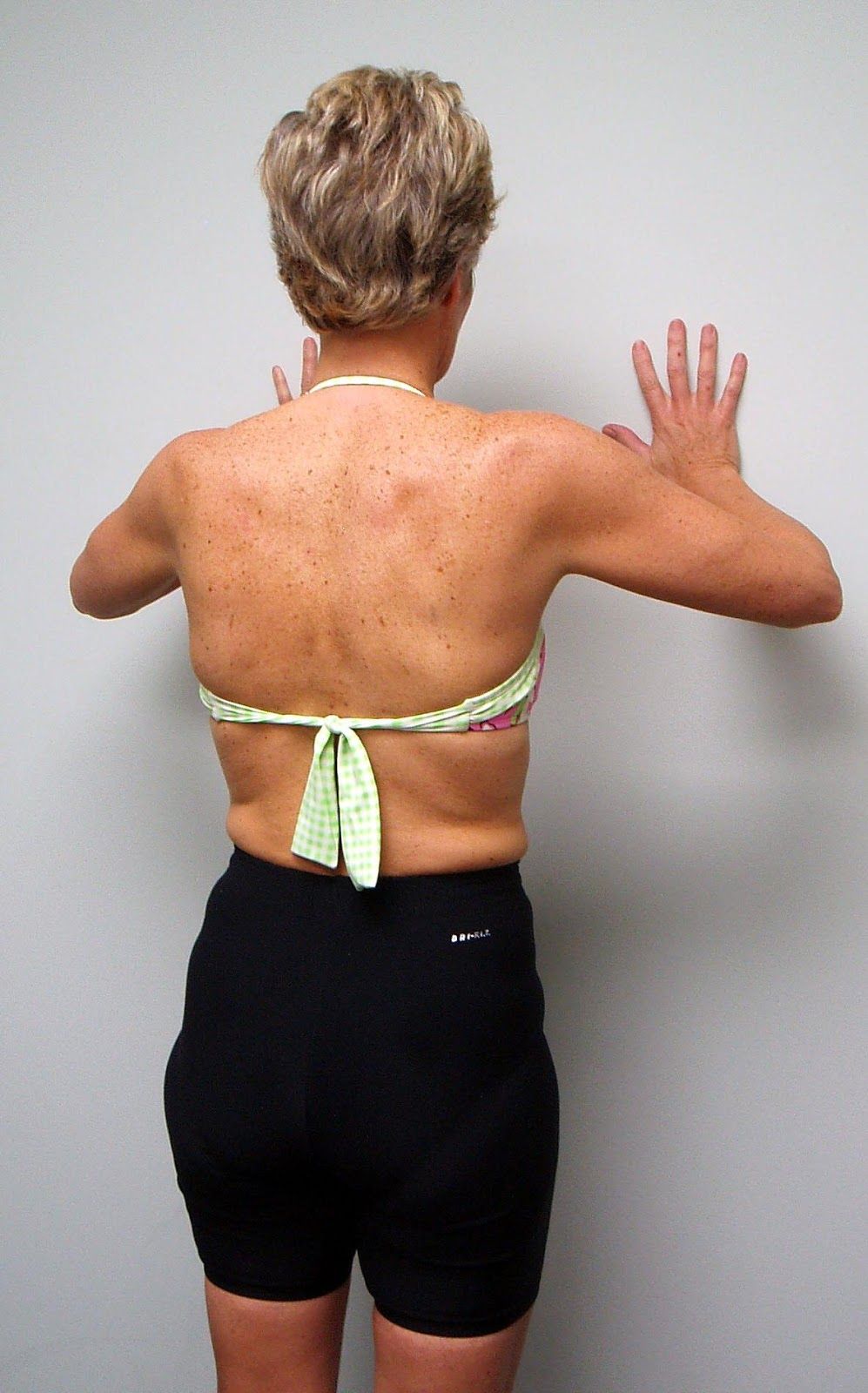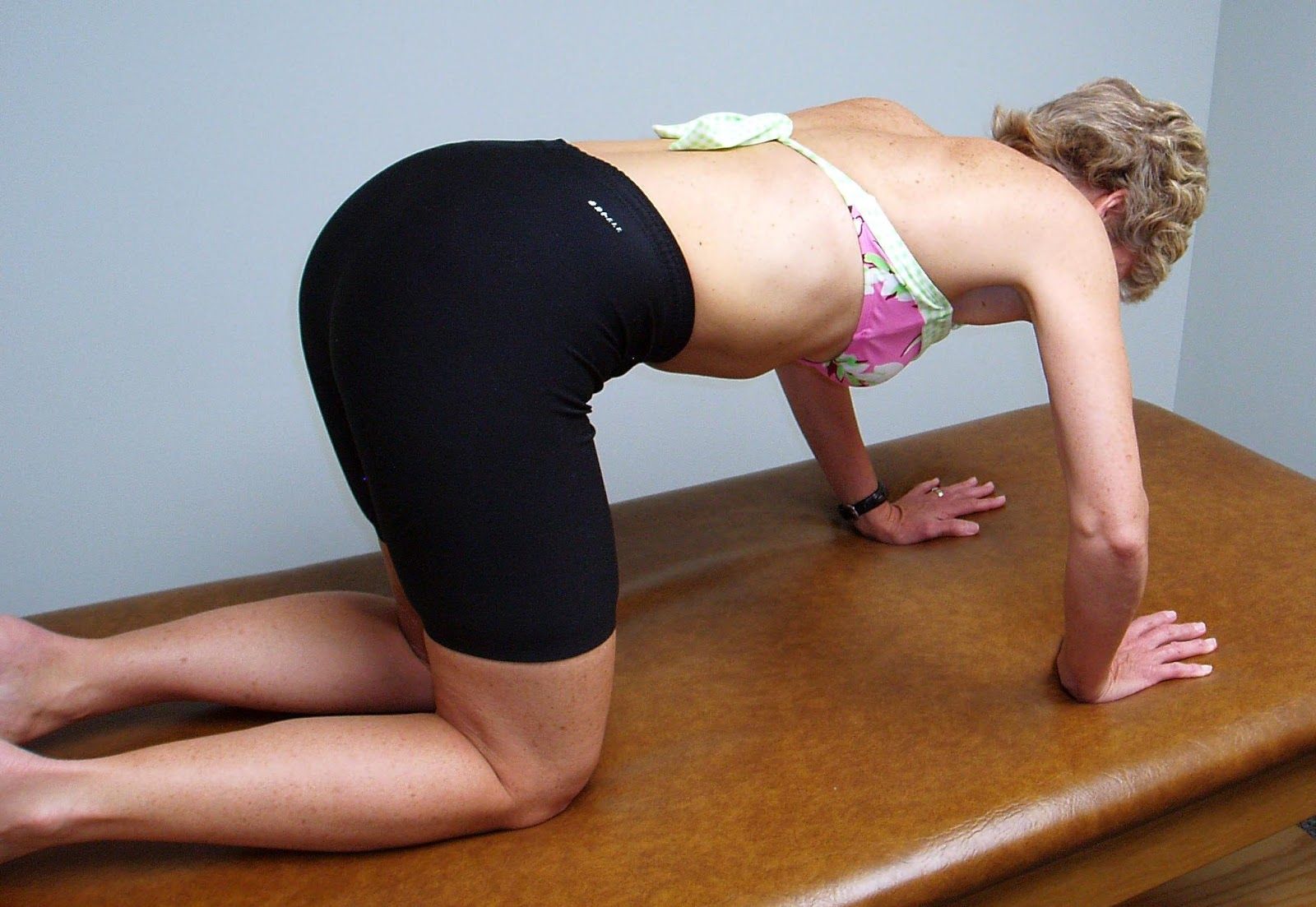Scapular Stabilization Test: A test of serratus anterior and lower trapezius strength
How to Perform
The patient is standing facing a wall with the feet parallel and hip width apart and approximately 2 feet away from the wall. The patient is instructed to perform a wall push-up, slowly lowering the trunk and chest towards the wall while keeping the spine straight.
An alternative test can be done in hands and knees. The patient bends the elbows so that the shoulders are the same height as the hips and the head is held level with the spine.
Interpretation and the most common dysfunctional pattern seen
During the wall push up the examiner observes for any scapular winging during the movement indicating inhibition/weakness of the scapular stabilizers, i.e., the lower trapezius, serratus anterior, and rhomboids.
During the hands and knees stability test the examiner observes for any winging of the scapula. The patient is then asked to raise one hand off the table to further challenge the scapular stabilizers. The therapist looks for any weakness/winging of the scapula on the support arm side.
Cools et al., 2005 reported finding a decrease in strength of the scapular protractors (serratus anterior) in overhead athletes with impingement syndrome compared to a group of overhead athletes without a history of shoulder pain further supporting the importance of focusing on scapular stabilizing exercises in patients complaining of shoulder pain.
We further believe that recruitment and the force output of the major scapular stabilizing muscles, the middle and lower trapezius and serratus anterior are greatly influenced and inhibited by thoracic non-neutral spinal dysfunctions. We have consistently observed that ERS dysfunctions from T3-6 inhibit the serratus anterior. These patients often present with a straight, and sometimes, even lordotic upper thoracic spine with visible scapular winging at rest.


